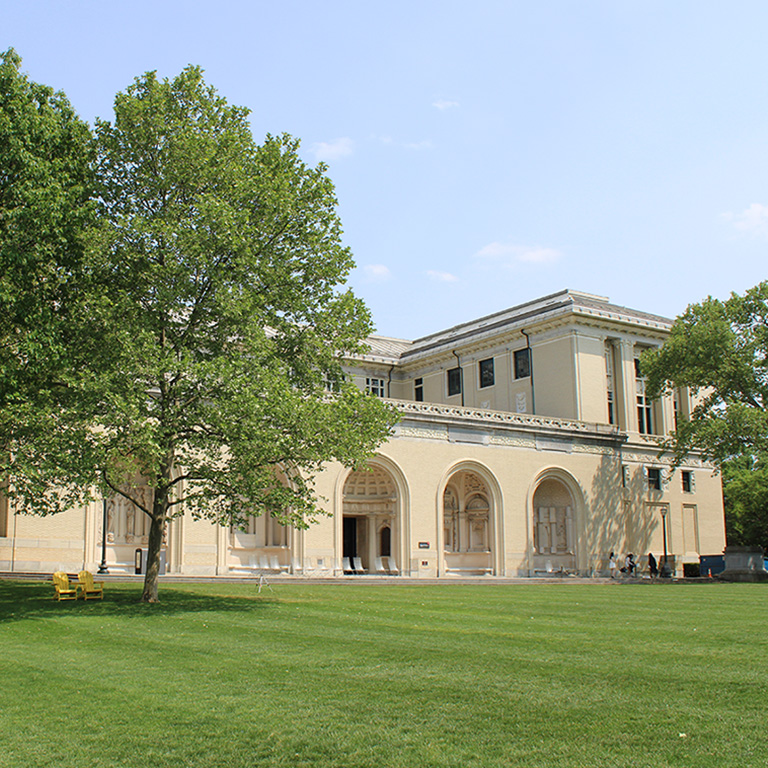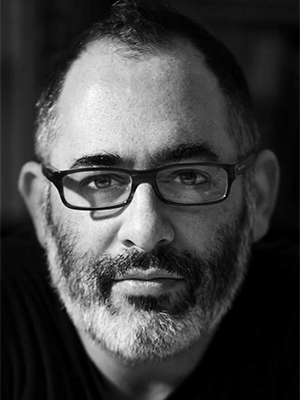Golan Levin
Professor of Art
Golan Levin is an artist, engineer, researcher and educator interested in new intersections of machine code, visual culture, and critical making. His work combines equal measures of the whimsical, the provocative, and the sublime in an eclectic variety of online, installation and performance media. Through responsive artifacts, virtual environments, and media provocations, Levin applies creative twists to digital technologies that highlight our relationship with machines, expand the vocabulary of human action, and awaken participants to their own potential as creative actors. His projects have engaged themes and materials such as interactive gestural robotics; the tactical potential of personal digital fabrication; new aesthetics of nonverbal interaction; and information visualization as a mode of critical inquiry.
Levin is presently Professor of Electronic Art at Carnegie Mellon University, where his pedagogy is concerned with the use of computation as a medium for critical inquiry and cultural innovation. He teaches “studio courses in computer science” on themes like interactive art, experimental capture, generative design, and visualization. Levin holds courtesy appointments in CMU’s School of Design, School of Architecture, School of Computer Science, and Entertainment Technology Center. From 2009 to 2022, he also served as Director and Co-Director of CMU’s Frank-Ratchye STUDIO for Creative Inquiry, a laboratory dedicated to the support of atypical, anti-disciplinary and inter-institutional research at the intersection of arts, science, technology and culture.
Levin has spent nearly 30 years as an artist embedded within high-technology research environments, including the MIT Media Laboratory, Ars Electronica Futurelab, Interval Research Corporation, and the Eyebeam Center for Art and Technology. His work is included in the permanent collection of the Museum of Modern Art (MoMA), has appeared in the Whitney Biennial, and has been recognized with grants from the National Endowment for the Arts, the National Endowment for the Humanities, Creative Capital, the Rockefeller MAP Fund, and others. A two-time TED speaker, Levin was named one of “50 Designers Shaping the Future” by Fast Company magazine in October 2012.
Levin writes: “I am interested in the medium of response, and in the conditions that enable people to experience creative feedback with reactive systems. I am drawn to the critical and revelatory potential of visualization—whether brought to bear on a single participant, or the world of data we inhabit. I am engaged in the use of generative computation to divine both new and timeless principles of expressive form. And I am fascinated by how abstraction can connect us to a reality beyond language, and the ways in which our gestures and traces, thus abstracted, can reveal the unique signatures of our spirits.”
 Back to Faculty
Back to Faculty





